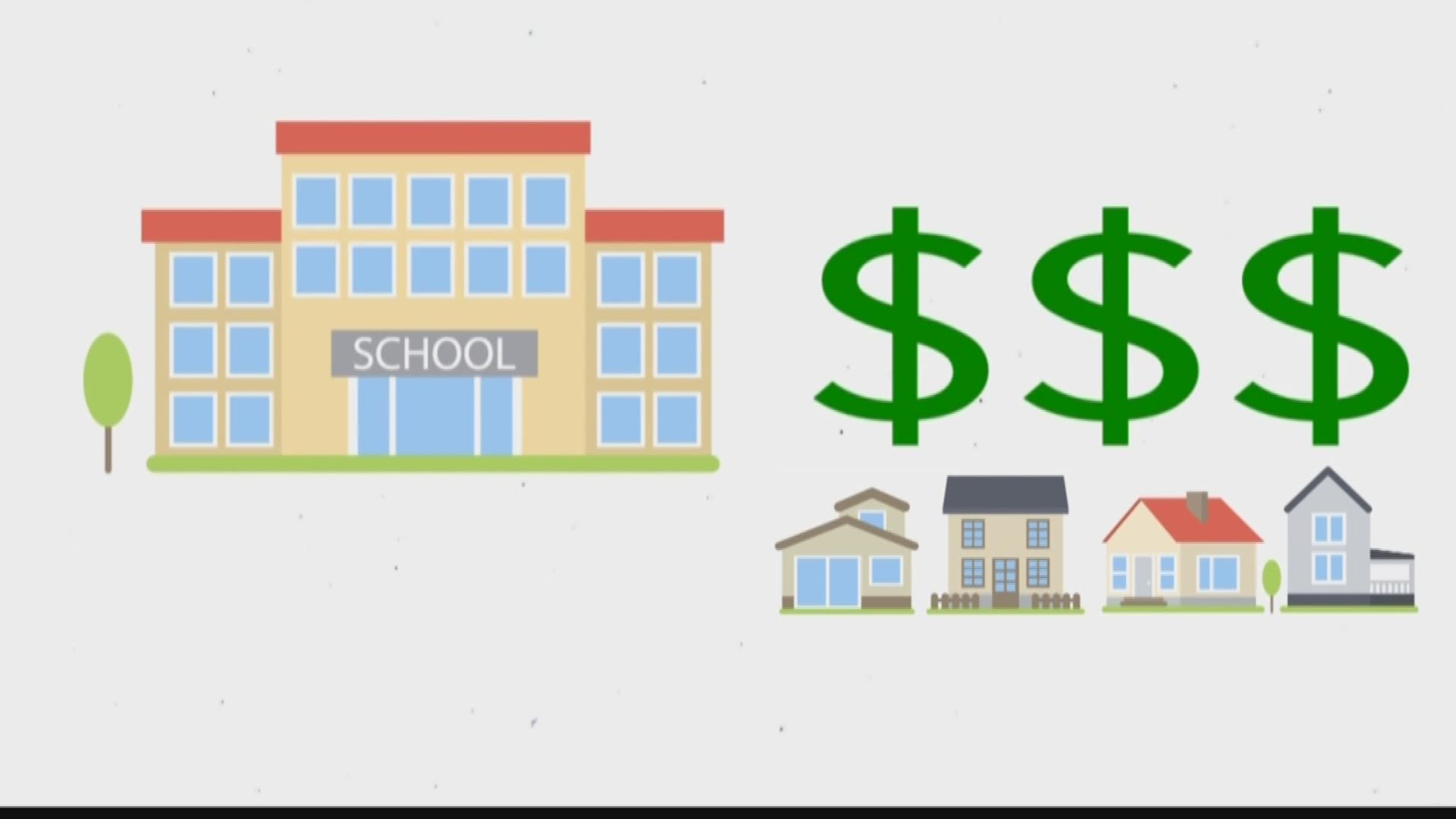SPOKANE, Wash. — Washington state lawmakers are considering bills to address school funding.
Districts around the state are looking to legislators to fully fund special education and help with deficits created, in part, by a new state funding model.
As a result of a compromise lawmakers made to pump more of the state's money into basic education a cap on local levy revenue was establishing. The cap was set at $1.50 per $1,000 assessed value.
Senate Bill 5313 reached the Senate Rules Committee. The bill, sponsored by Senator Lisa Wellman, proposes raising the enrichment levy cap to $2.50 per $1,000.
The proposed bill said “the lesser of $2.50 per $1,000 of assessed value or $2,500 per pupil for school districts with fewer than 40,000 FTE students and the lesser of $2.50 per $1,000 of assessed value or $3,000 per pupil for school districts with 40,000 FTE students or more.”
Another part of the bill allows school districts to get “local effort assistance” when the amount generated by a $1.50/$1,000 levy rate is less than $1,500 per student.
According to her spokesperson, Senator Wellman heard multiple levy options in the Senate Early Learning and K-12 Education Committee at the beginning of the session. It was changed several times and the latest amended bill will be discussed on the floor.
Wellman is also one of the sponsors of Senate Bill 5091. It addresses funding for special education.
The bill adjusts the state’s cost multiplier for special education funding. This is used to calculate how much general education funding each special education student receives in each district.
It proposes an increase in the multiplier from 0.9609 to 1 for special education students spending 80 percent or more of their time in a general education classroom. For students who spend less than 80 percent of their time in general education classrooms the multiplier would be 0.9823.
An example of a multiplier of 1 would be in a school district with $1,000 per student funding, the district would get $2,000 for each special education student.
SB 5091 also would replace federal funding with money from the state to help schools come up with additional funding for high-cost special education programs, it is referred to as safety net funding. This would free up federal funding for other services such as training teachers.
In order to get federal safety net appropriations, districts must expend at least three times the average per-student expenditure before being able to receive federal funding, according to the SB 5091 House Bill Report. Lawmakers propose lowering that threshold to 2.2 times the average per-student expenditure.
According to an email from Senator Wellman’s office, the most recent Senate proposed budget invests an additional $937 million in special education. It also includes $21 for paraeducator training and $3 million for school safety and mental health.
The budget proposes an additional $4.5 billion for K-12 education.

